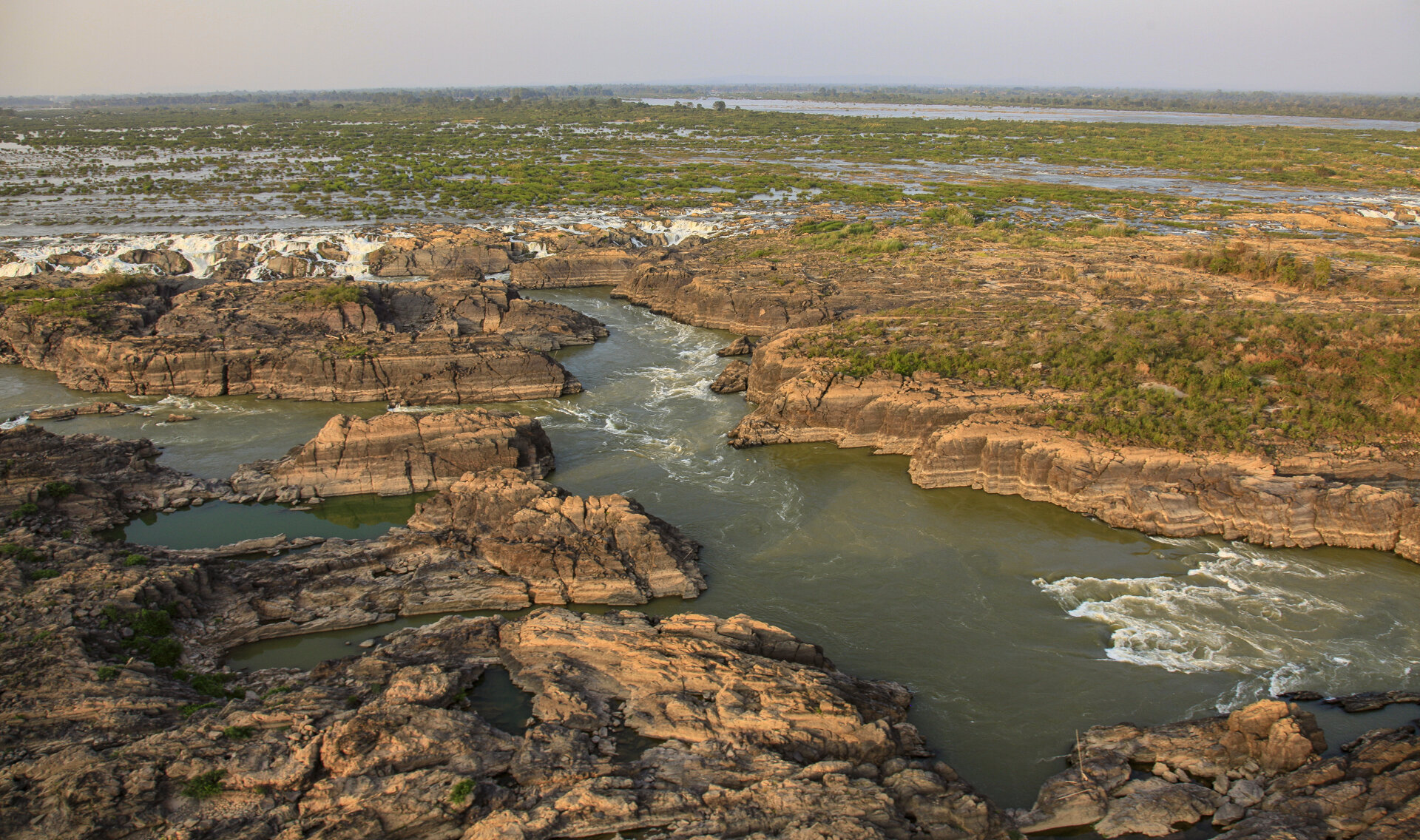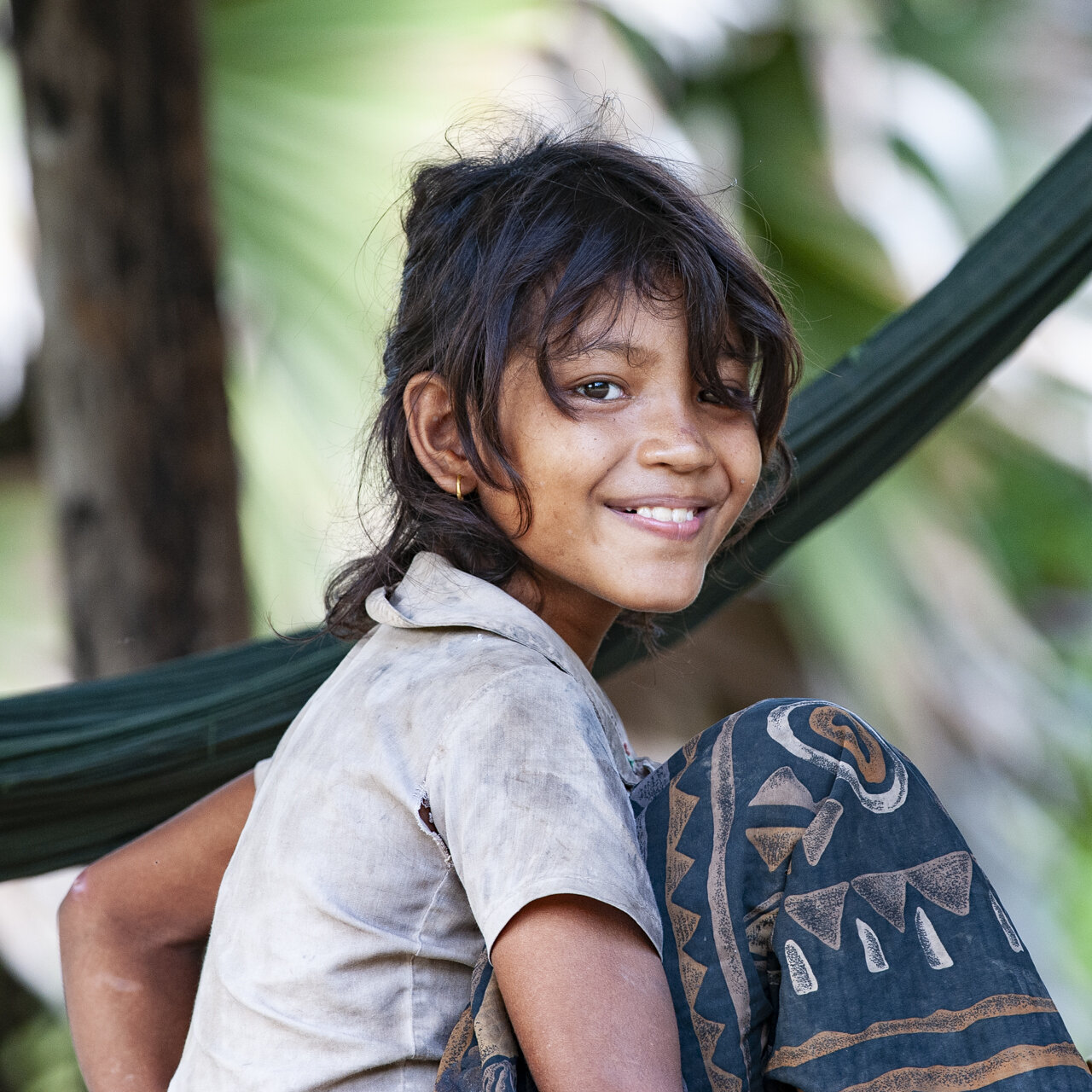
killing the mekong
The Mekong river system is under severe threat from dam construction to feed insatiable demand for electricity for Thailand, Laos, Vietnam, Cambodia and China. There are currently an unbelievable 54 dams operating on the Mekong, with 75 more planned for the next decade, all of them trapping sediment and depriving downstream areas of vital nutrients and restricting vital fish migration. The delta in Vietnam is both shrinking and sinking, sand dredging, pollution, unsustainable fishing, industrial agriculture and uncontrolled economic development also now threaten this incredible river system.
Born 50 million years ago from a powerful tectonic collision in the heart of Asia, the mighty Mekong River emerges from the vast and towering mountains surrounding the Tibetan plateau and begins its long descent through the Greater Mekong region of Southeast Asia. At a colossal 4,800km in length, the Mekong River runs through the Chinese province of Yunnan, Myanmar, Laos, Thailand and Cambodia, before forming the ‘nine headed dragon’ in the Mekong Delta of southern Vietnam, and dispersing into the South China Sea. It is one of the last great ecosystems in Asia and of high global conservation value.
The longest river in Southeast Asia unites 320 million people across the Greater Mekong region, supporting unique cultures, vital livelihoods and subsistence agriculture and fisheries. But this great river and its mosaic of tributaries also nurtures and sustains an extraordinary level of species diversity and endemism, fostering more fish species per unit area than even the Amazon. Cambodia’s central section holds some of the most pristine freshwater wetlands and lowland forest in Asia and is home to a myriad of endangered species.
Despite the widespread destruction recent dam construction has inflicted on the river, Laos is planning another new dam to be built just upstream from the UNESCO World Heritage town of Luang Prabang, in an earthquake prone region.
The river is now showing drastic signs of alarming changes in water levels. In 2019 during the dry season water volumes dropped to unprecedented levels making it possible to walk across the river in many areas along the Thai/Laos border.



















































